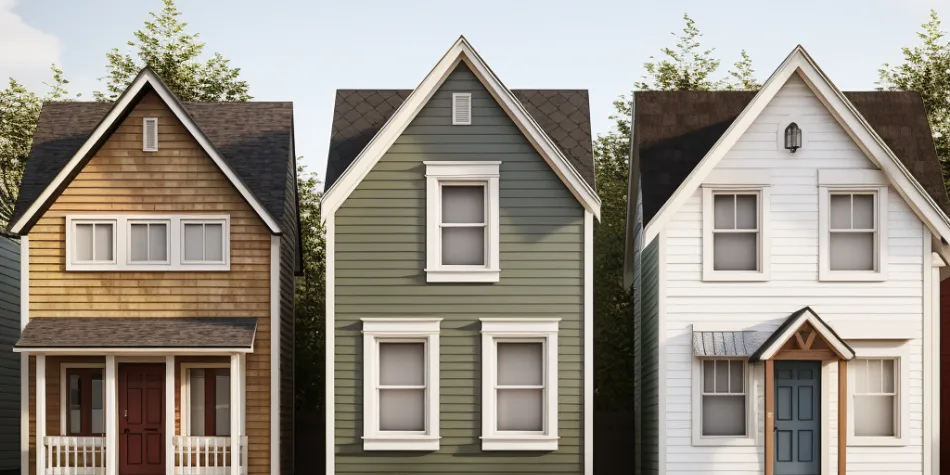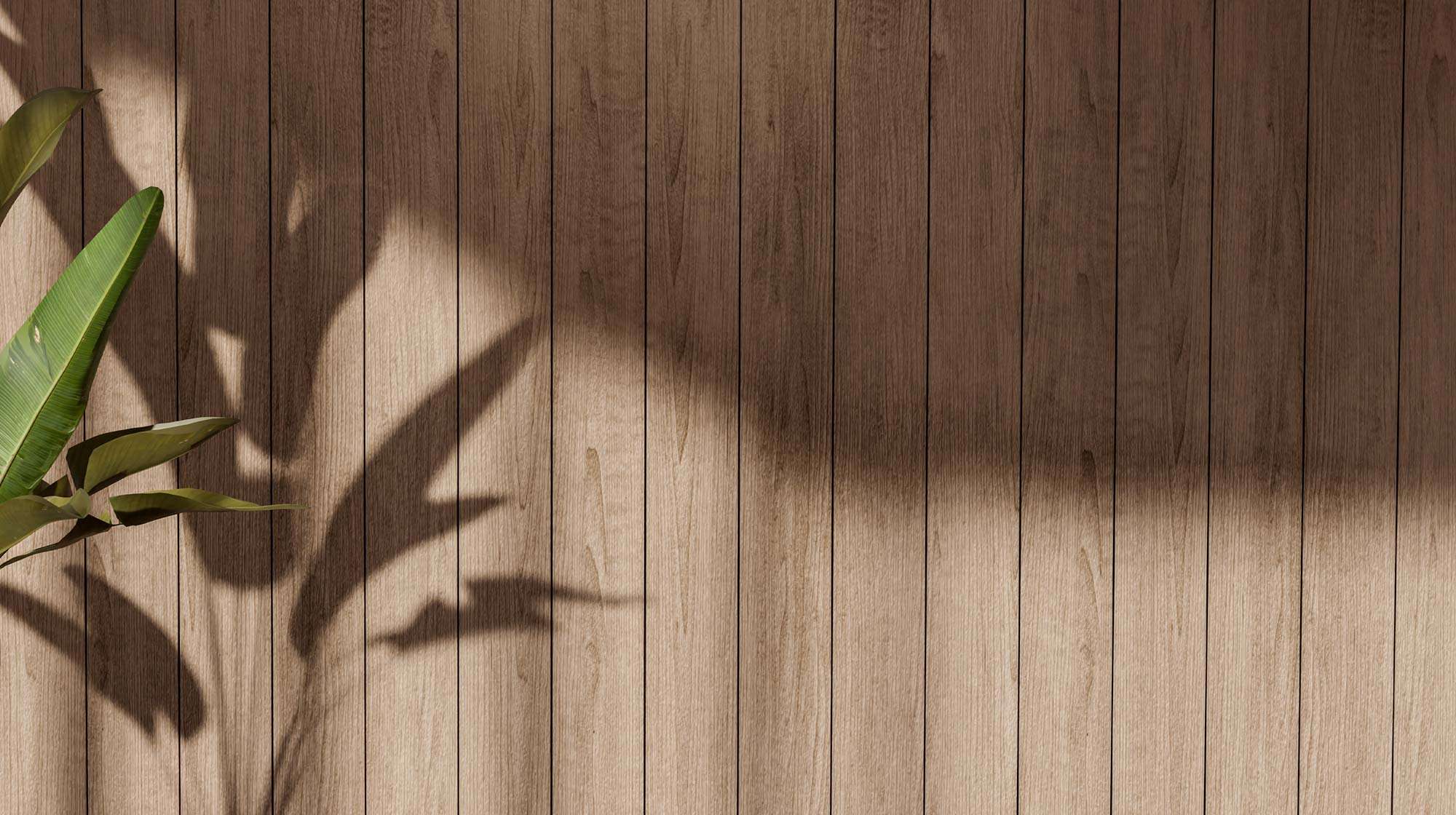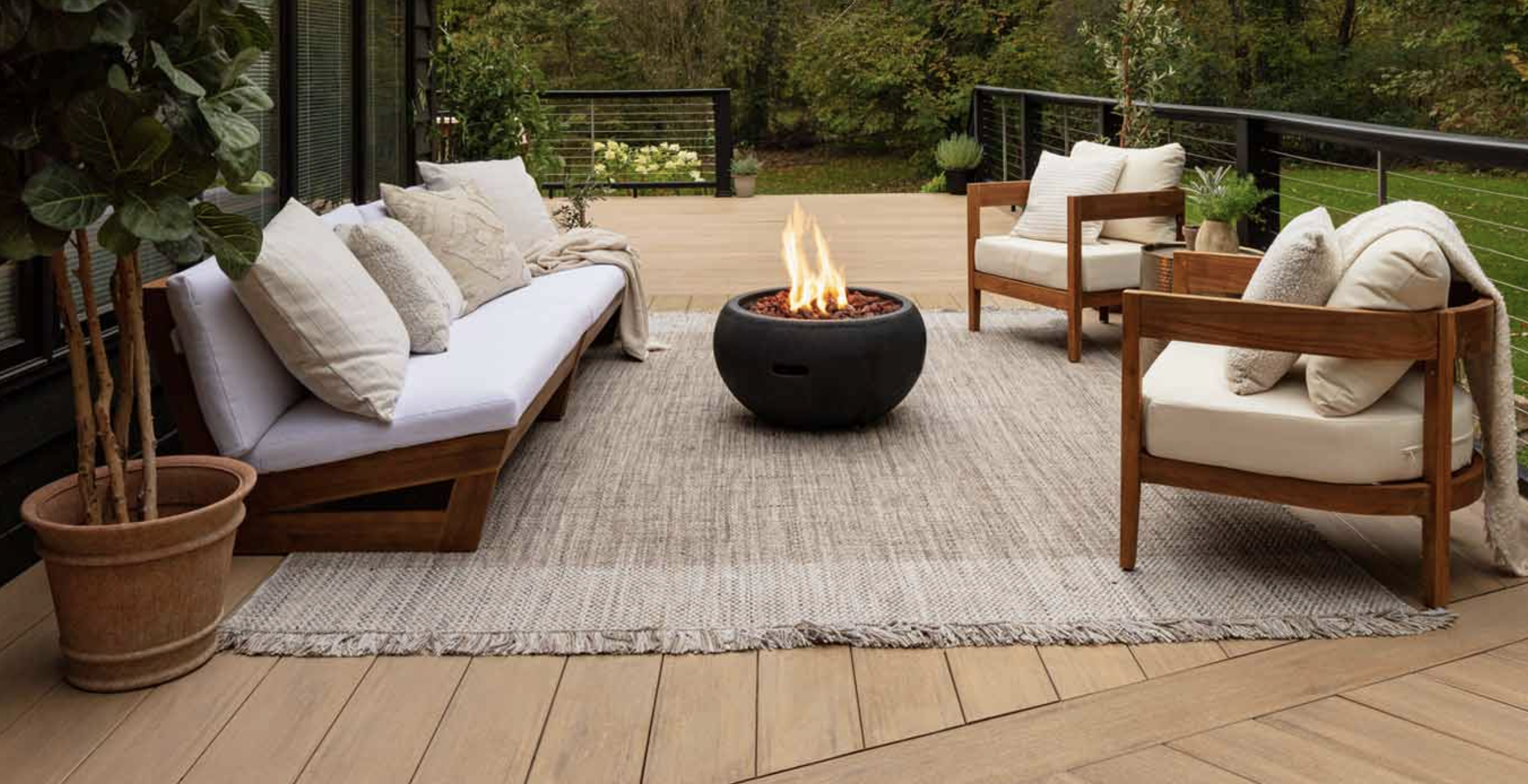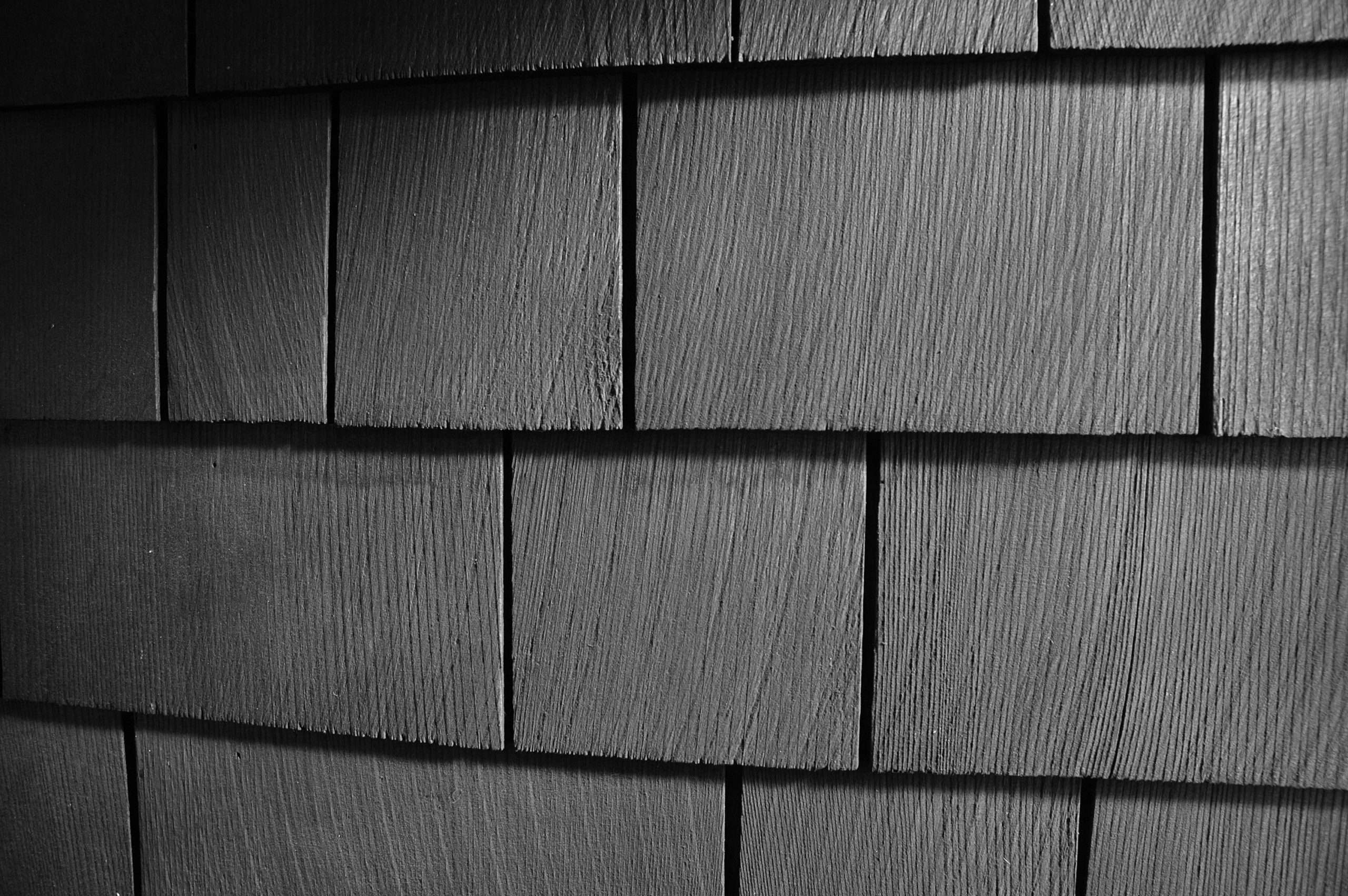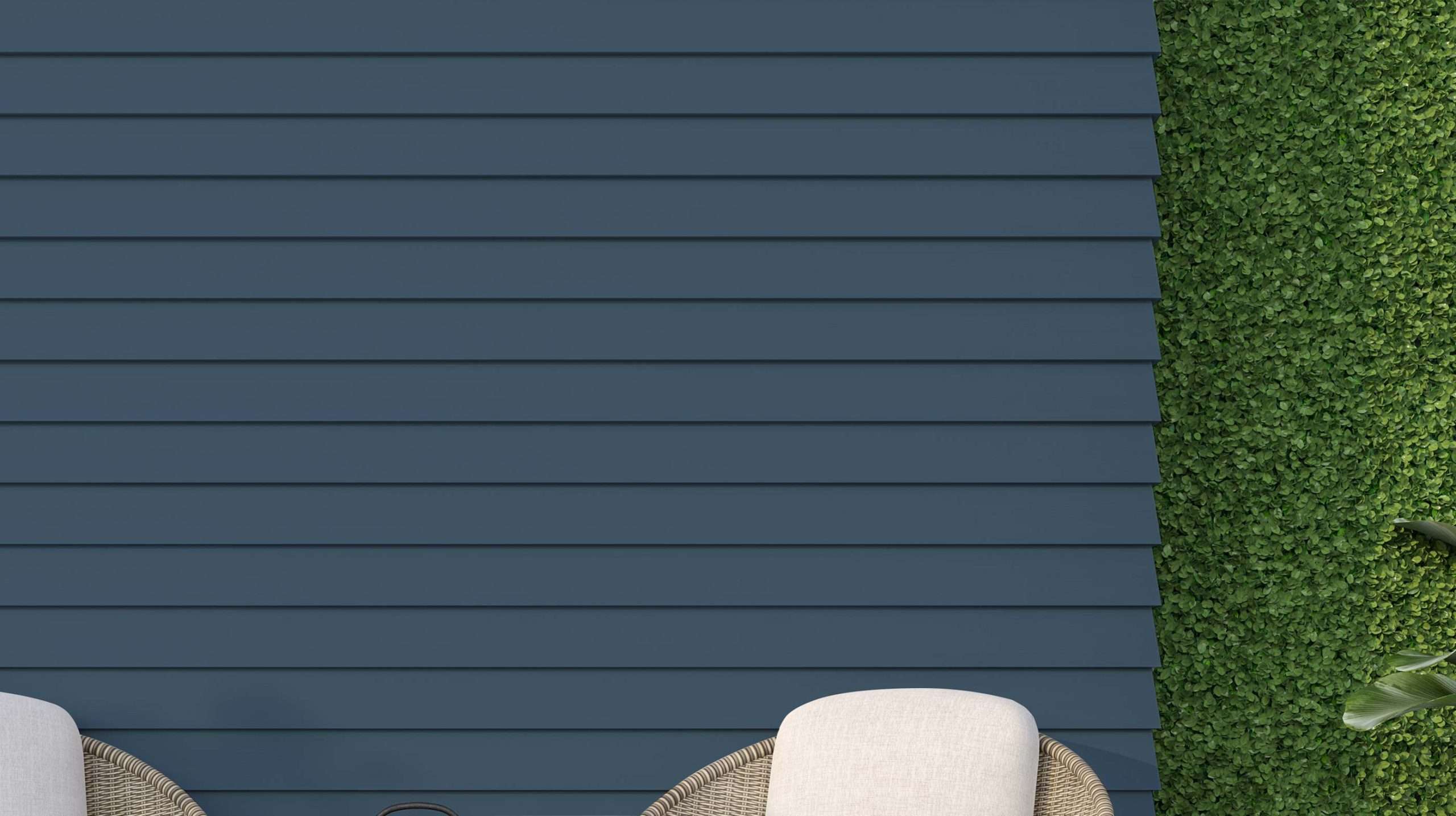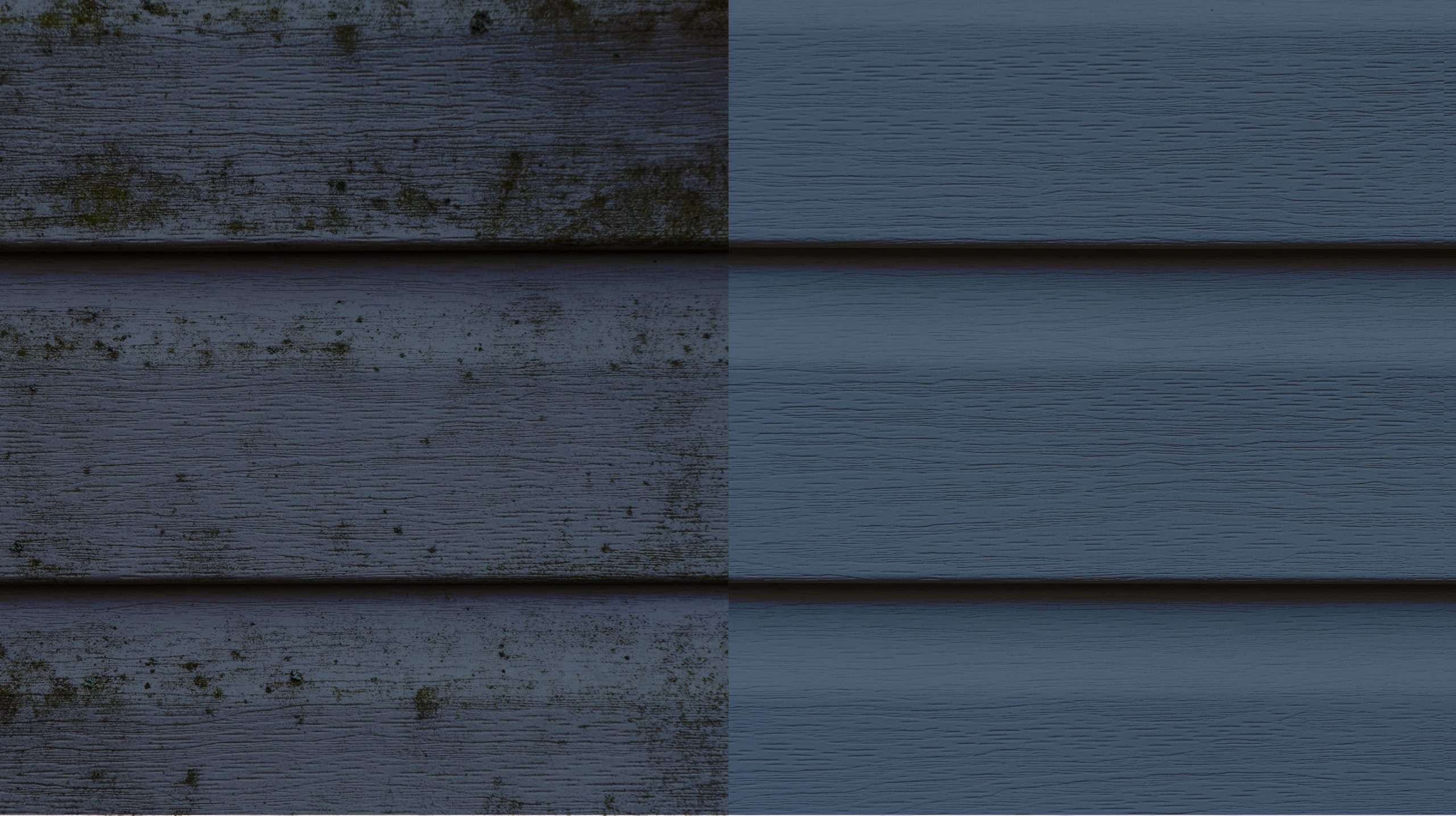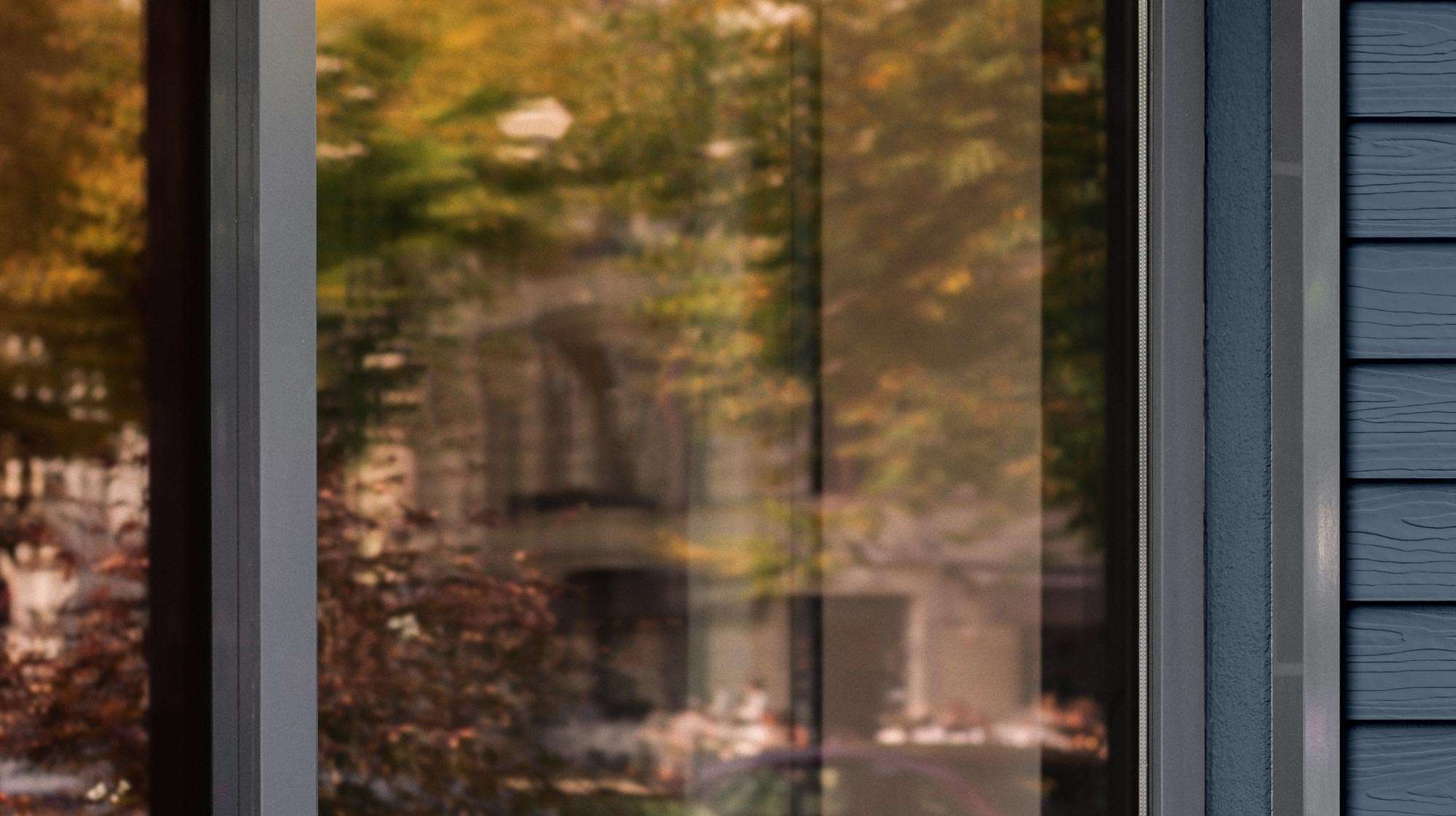Whether you like the look of a wood house, colorful shingles, or a smooth stucco finish, the type of siding you put on your home makes a big difference in the amount of maintenance that is required. Here on the California Central Coast there are thousands of unique homes but understanding the fundamentals of the most common siding types makes it a lot easier to pick what’s best for you.
Table of Contents
- Stucco
- Hardie Siding
- Engineered Polymer
- Wood: Cedar Shingles, Clapboard, Tongue & Groove
- Engineered Wood: T1-11/MDF
- Conclusion
Stucco
Stucco may easily be one of the most common types of siding here in California, whether it's a smooth stucco finish like a Mediterranean dream home, or a rough texture which is a bit more common. Stucco is a cementitious product that is made up of different layers designed to help water travel across the surface and away from your home to protect the wood framing underneath.
Stucco has been used for thousands of years and it has many advantages and disadvantages, but one reason why stucco has remained so popular is because it isn't prone to as much damage from rain, sun, insects, salt, or fire unlike wood siding. Since stucco is a cement based product, very few elements are able to damage the exterior of the stucco making it a low maintenance option.
When it comes to cost, Stucco is considered a mid to high range siding option. One major drawback to stucco, especially here on the central coast, is it is not flexible. So, in a seismic event or when the ground settles over time, you'll see fine stucco cracks or chunks being displaced.
Another issue with stucco is if water is able to get behind the stucco, the surface does not breathe well trapping excess moisture behind the film. Despite the drawbacks listed above stucco's ability to stand up to the elements has made it a popular choice when siding new homes.
Hardie Siding
Hardie Siding, similarly to stucco, is a cementitious product, but it comes in pre-made sheets. Hardie Siding typically comes in a few different styles - plank/horizontal siding, shingles, or board and batten siding.
Hardie is a cement fiber product that is designed to be extremely element resistant. This product is extremely resilient to termite and insect damage, water damage, sun damage, and has been particularly tested in fire and has proved to be one of the most fire retardant sidings available.
Hardie Siding usually costs a bit more than stucco, on the higher end of siding options. Similar to stucco, Hardie is at risk for some of the same disadvantages, as it is not a flexible product experiencing cracking, shifting, or displacement as the ground settles or moves with seismic activity.
Additionally, since Hardie Siding is resilient to the elements, if there's damage behind the siding, such as damage the wood framing, it's typically not noticeable until the wood framing has been so far damaged that the Hardie Siding detaches from the framing, making it difficult to use Hardie Siding as an early indicator of framing damage.
Engineered Polymer Siding
The latest technology on the current market is Engineered Polymer for siding and decking. Engineered Polymers are becoming more and more popular for siding homes, as it has many of the strengths that stucco and Hardie do with a different look.
Unlike stucco and Hardie, which are cement-based products and typically a heavy weight product, Engineered Polymer is a PVC based product that's lightweight and flexible. Engineered polymer is also engineered to be resistant to insect damage, water damage, salt damage, and surface contaminants.
Currently Engineered Polymers are some of the priciest siding options on the market. Despite the big price tag, engineered polymers come with a 30-year or 50-year warranty while most other siding options don’t have any type of warranty. One drawback to Engineer Polymer that's been observed so far is that with prolonged UV exposure, it isn't uncommon to see fading.
Wood: Cedar Shingles, Clapboard, Tongue & Groove
There's nothing better than that classic look of wood siding, beautiful wood grain, and dark wood tones, almost glimmering against the trees. Wood siding has many advantages and disadvantages, both of which play a big part in selecting wood for your home.
Some of the disadvantages to wood siding is that it requires a lot of maintenance, requires frequent staining/painting, and that it is not very naturally resilient to insects, sun damage, water damage, and salt damage. In order to keep wood siding looking as good as the day you installed it, constant upkeep will be required to ensure that none of nature's elements can wreak havoc to the wood.
However, wood siding also has some advantages that other siding types can't offer - such as the look of a beautiful wooden home. When considering the cost the type of wood you select for your wood siding place a big part in the cost to side your home some of the more costly woods such as Cedar or Redwood will be a tad more resilient to the elements and give you different tones or you could select Pine or Cypress which are more cost effective.
When selecting wood siding, the type of wood you choose can affect how much maintenance will be required as some woods are naturally more resilient to termites or wood rot. Nonetheless, no matter what wood you select, the amount of maintenance required will generally be the same to ensure that no creepy critters or spooky spores can call your siding home.
Engineered Wood: T1-11/MDF
T1-11 and MDF siding are considered engineered wood products or products composed of wood shavings or pulp and wood resin. Typically engineered wood products are popular since it is the most cost-effective siding option. T1-11 and MDF siding are inexpensive since they're manufactured in mass quantities.
Some things to consider if you select this siding option is that they are extremely prone to elemental havoc. Engineered wood is extremely prone to water damage, which makes it very vulnerable on the central coast. Engineered wood options require special attention and continued maintenance to make sure they're sealed and properly painted so no moisture is able to contact the wood surface. If properly sealed and maintained, engineered wood is an inexpensive way to get a wood finish.
Conclusion
While there's a lot to consider when it comes to selecting siding, the cost, desired amount of maintenance, elemental resilience, and look all play a part in determining what siding is best for you. Schedule a consultation with one of Rogall + Co.’s siding experts to determine the best choice for you.
